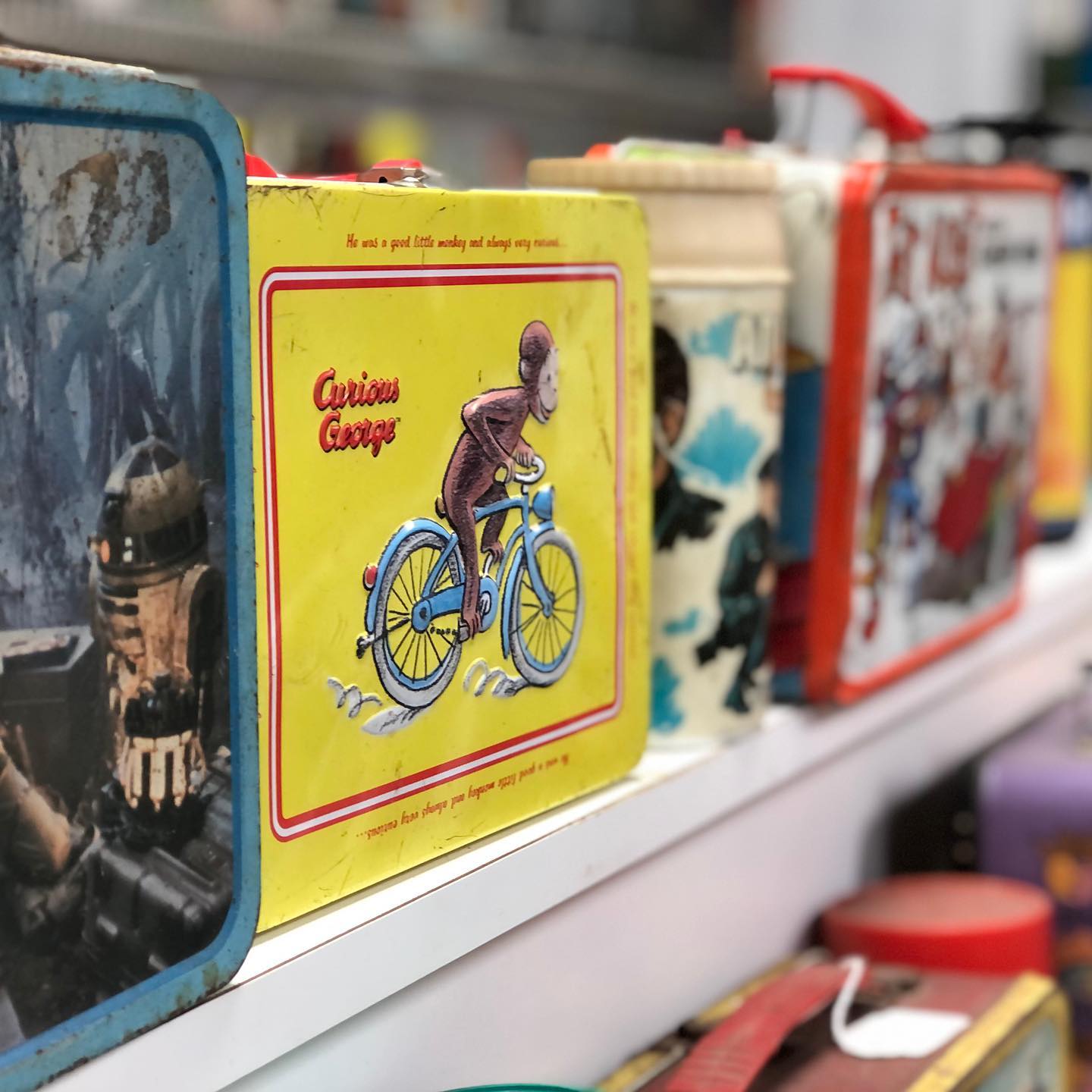
Lunchboxes: More Than Just a Meal Container
There’s something oddly satisfying about opening a lunchbox. The familiar snap of the latch, the smell of home-cooked food, the small surprise of what’s inside – it’s a simple moment, but one that sticks. But have you ever stopped to wonder where lunchboxes come from? How did they become such a part of daily life, whether as colorful collectibles in 1980s America or as a symbol of precision and tradition on the streets of Mumbai?
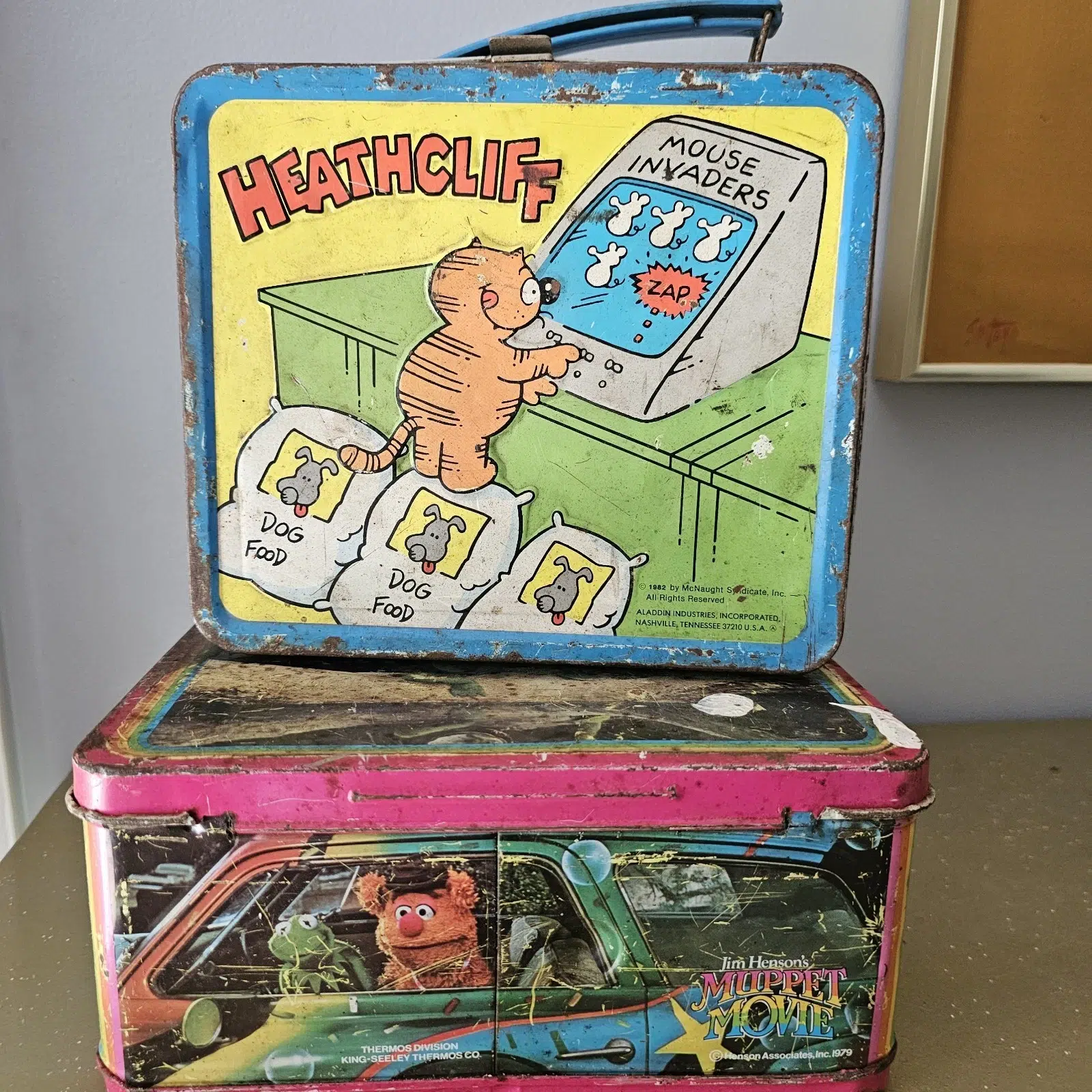
Turns out, lunchboxes have a much deeper history than just holding sandwiches.
I grew up in Germany in the late '80s and early '90s, and my first lunchbox was a simple plastic one with a cartoon dinosaur on the lid – the kind that clicked shut with a satisfying snap until the hinge gave out. and if it was a good day, a few Leibniz cookies – the buttery kind with the ridged edges. At school, everyone had their own version: some with perfect little compartments, others stuffed with foil and napkins, all quietly saying something about the person who packed them.
Now I’m the one packing lunch – or really, more of a breakfast box – for my son. I aim for a decent balance: fruits, vegetable sticks, something filling like a roll with salami, and occasionally a small treat. Every afternoon, the box comes back with the same story: the carrots and cucumber untouched, the treat gone, and the carbs picked clean. You learn quickly what’s healthy enough to pack but still tempting enough to actually get eaten. Fruit usually works – but only if it’s packed separately and doesn’t get mushy.
One time he told me, completely serious, that “the veggies make the bread taste weird just by being near it.” They were already in a separate compartment in the box, but now I pack them in a paper bag on top, just to be safe. Maybe one day he’ll surprise me and eat the cucumber first, but I’m not holding my breath. Some things don’t change – lunchboxes still say a lot, even when they come back half full.
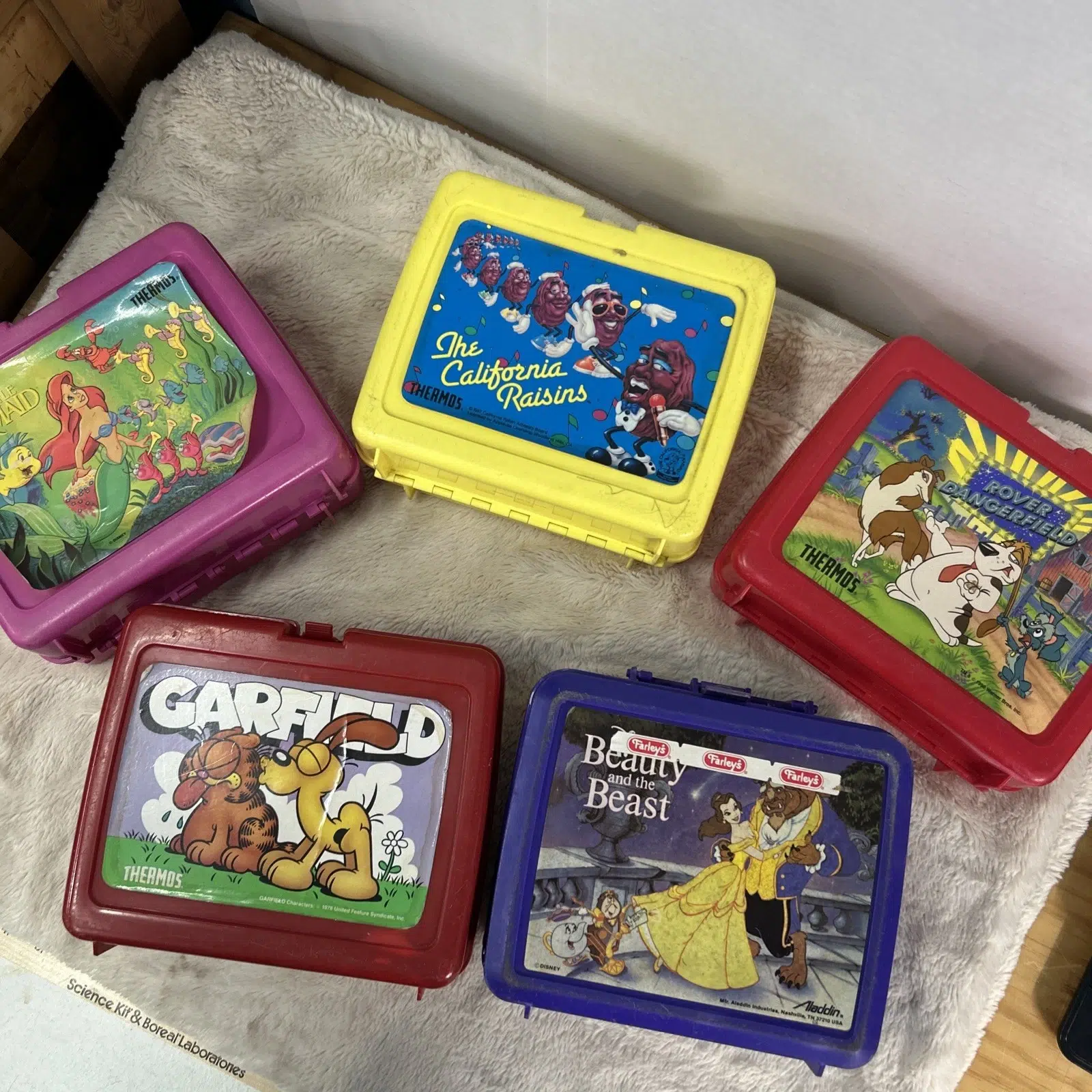
Bento Beginnings: Samurai, Rice, and Ritual
The origin of the lunchbox goes back to Japan, where the bento box first emerged during the 12th century. Originally used by travelers and workers, early bentos held dried rice and small side dishes. Over time, they became more than just practical – they became a form of expression.
Samurai warriors carried beautifully lacquered wooden bento boxes into battle, filled with rice balls, pickled vegetables, and grilled fish. The contents were chosen with care, not just for nutrition but also for visual appeal, often decorated with seaweed or sesame seeds.
By the Edo period (1603–1868), bento culture had taken on an artistic role. These boxes were used at theater performances, tea gatherings, and social events. The presentation became just as important as the food itself. Each compartment reflected a sense of balance, seasonality, and mindfulness – values that still run deep in Japanese food culture today.
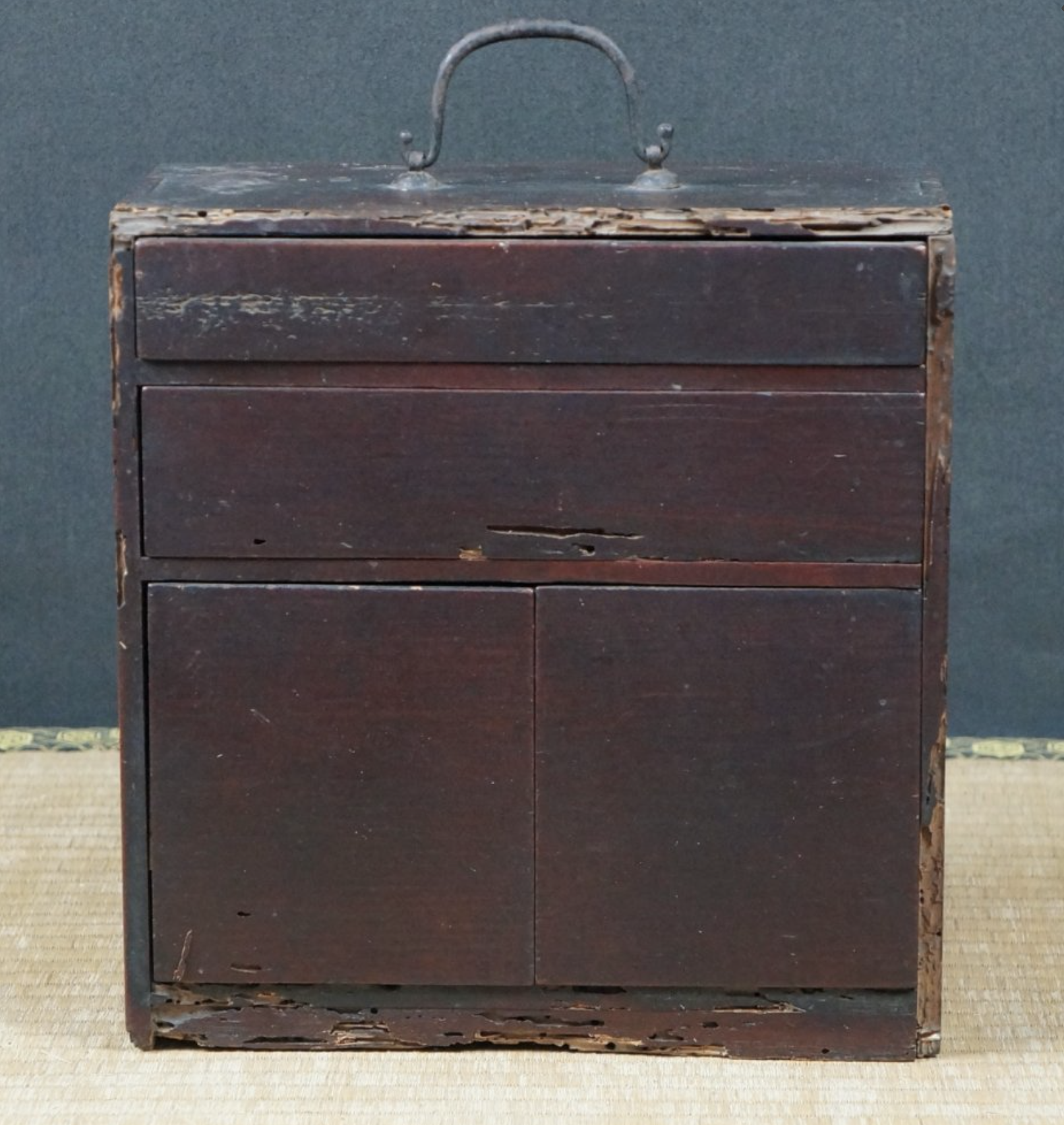
Image source: japanese-vintage.org
The Lunchbox Heads West: From Work Gear to Pop Culture
In the late 19th and early 20th centuries, the lunchbox found its way west during the rise of industrialization. Factory workers, miners, and railroad laborers carried durable metal boxes packed with sandwiches, fruit, and coffee. These weren’t decorative – they were built to last and made for rough environments.
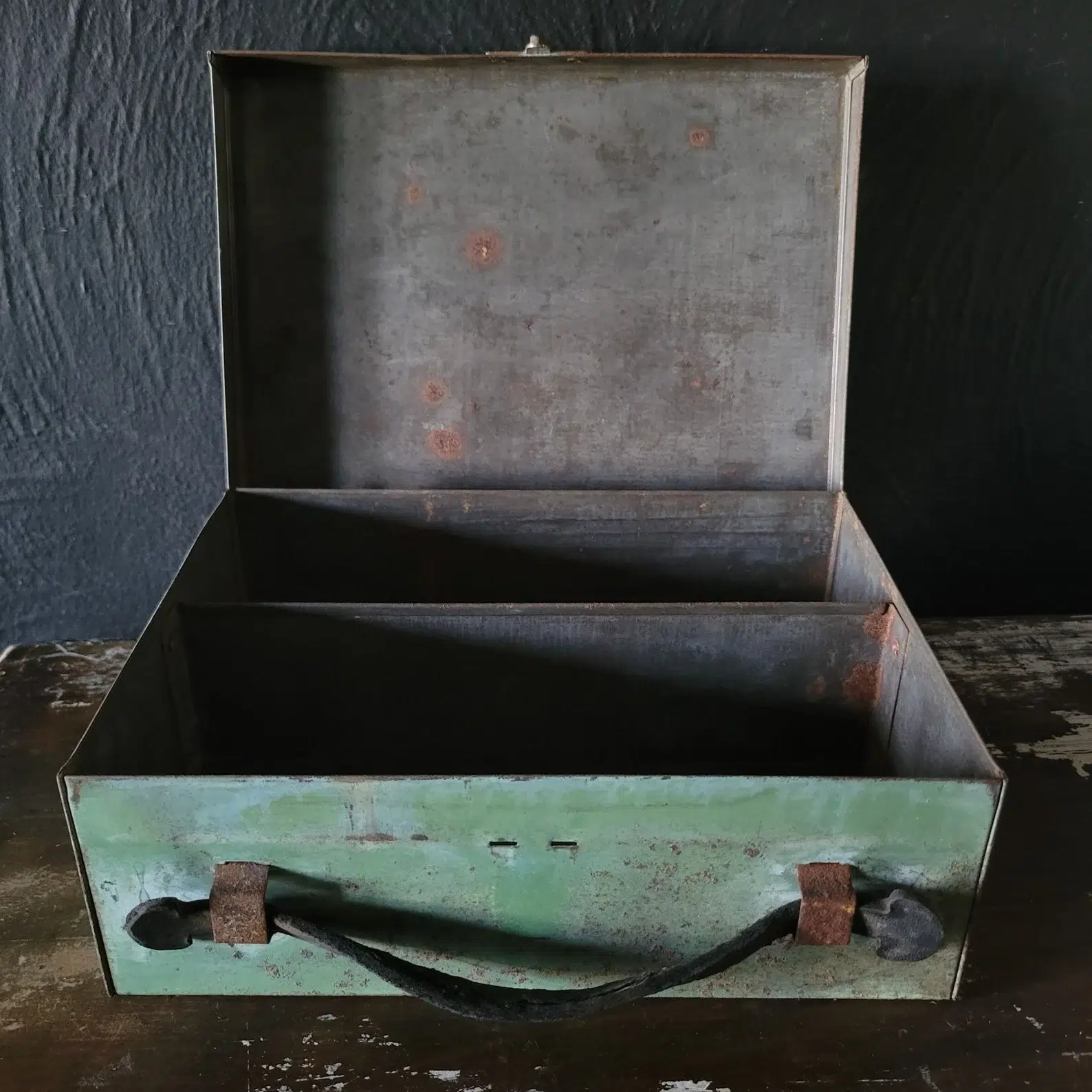
That changed in the 1950s and ’60s, when lunchboxes started reflecting a growing consumer culture. Companies like Aladdin Industries began printing popular TV and comic book characters on lunchboxes, turning a simple container into something kids were proud to carry. Characters like Superman, Batman, Star Wars heroes, and Strawberry Shortcake became daily companions in school cafeterias across the U.S.
By the 1980s, these metal lunchboxes had become cultural artifacts – collectibles full of nostalgia that now fetch high prices at flea markets and online auctions.
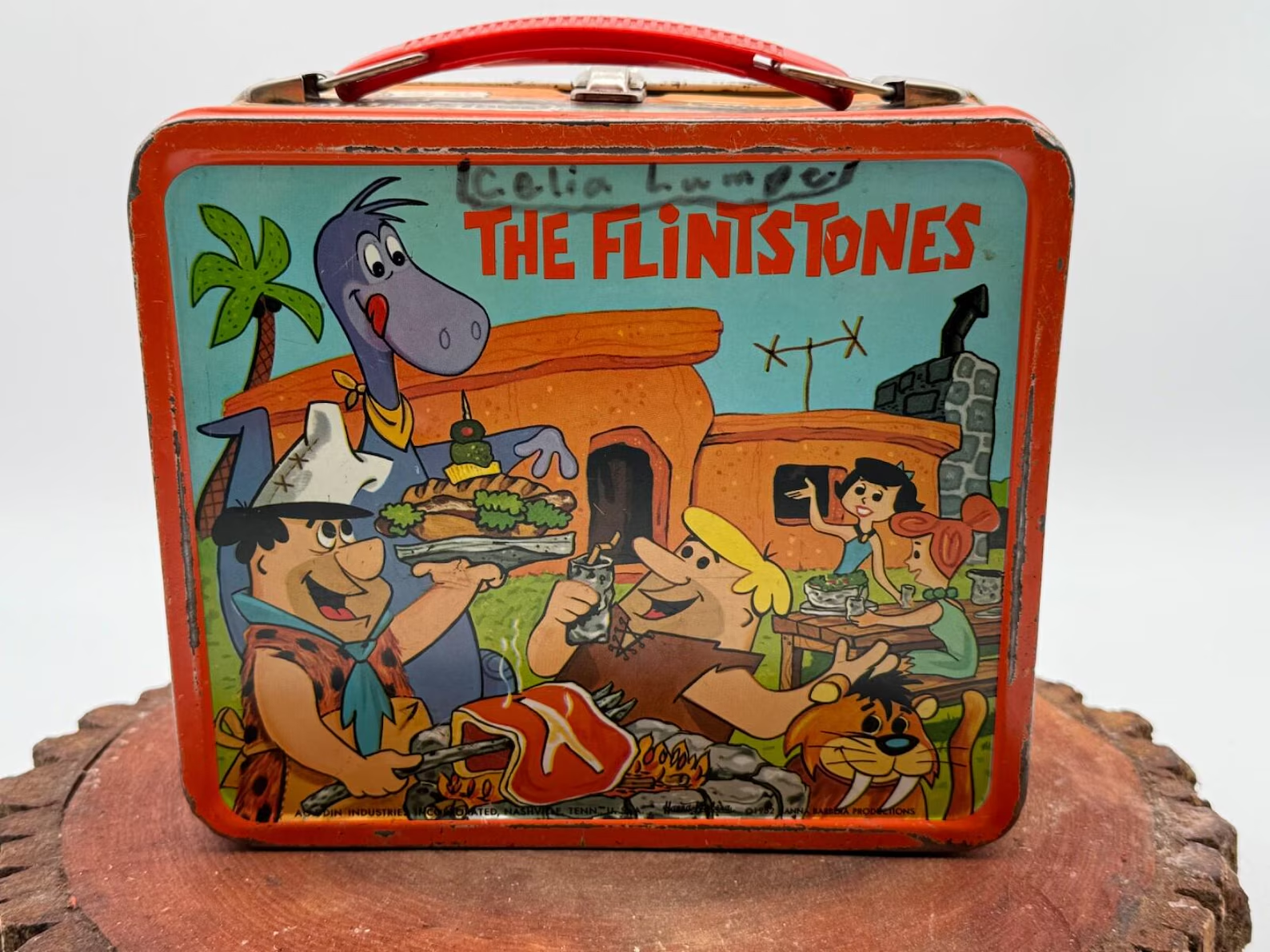
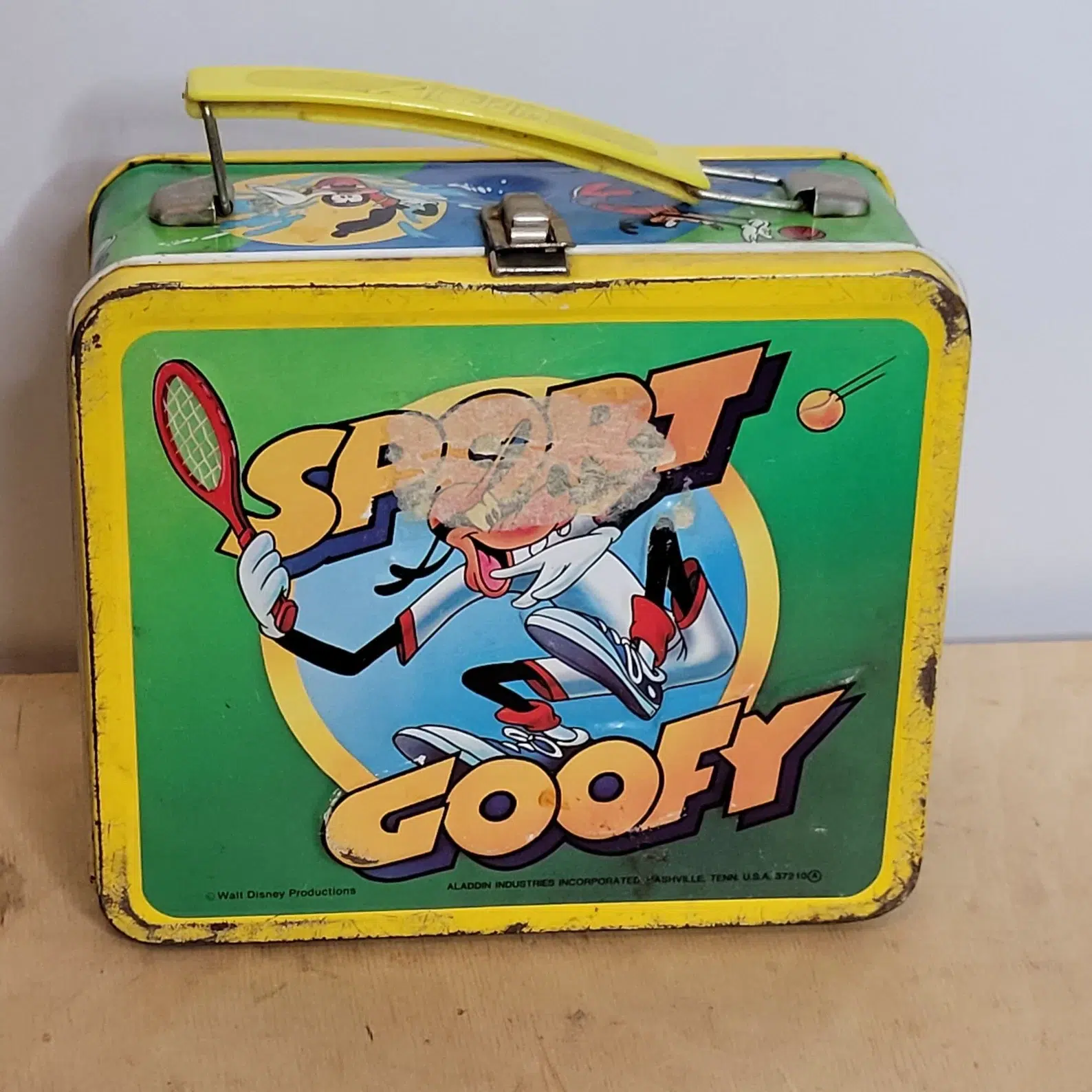
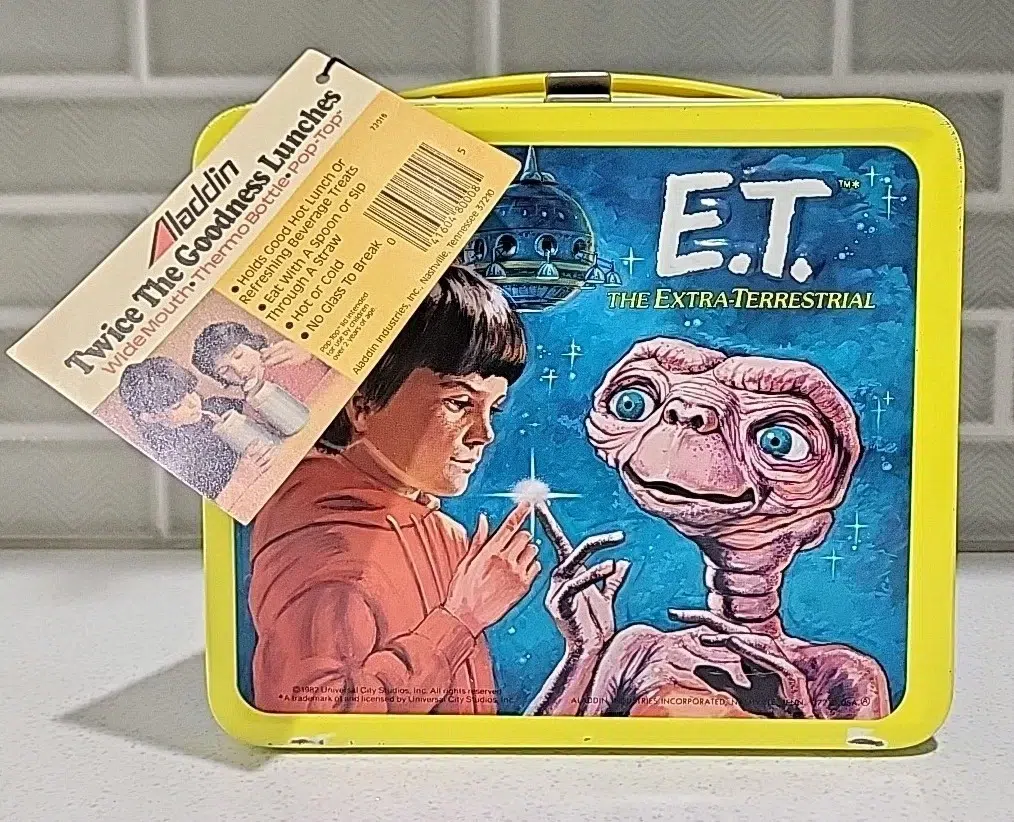
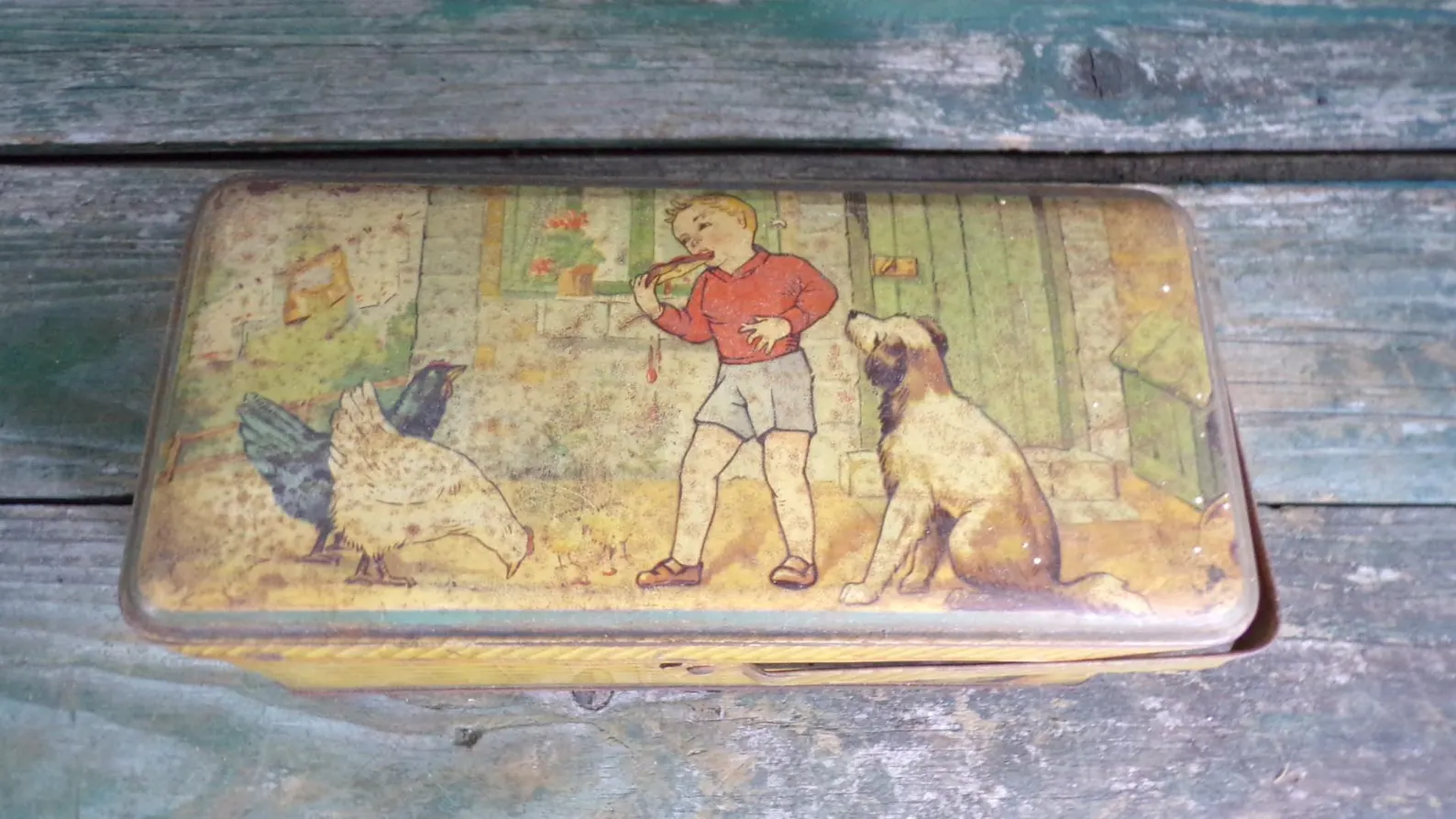
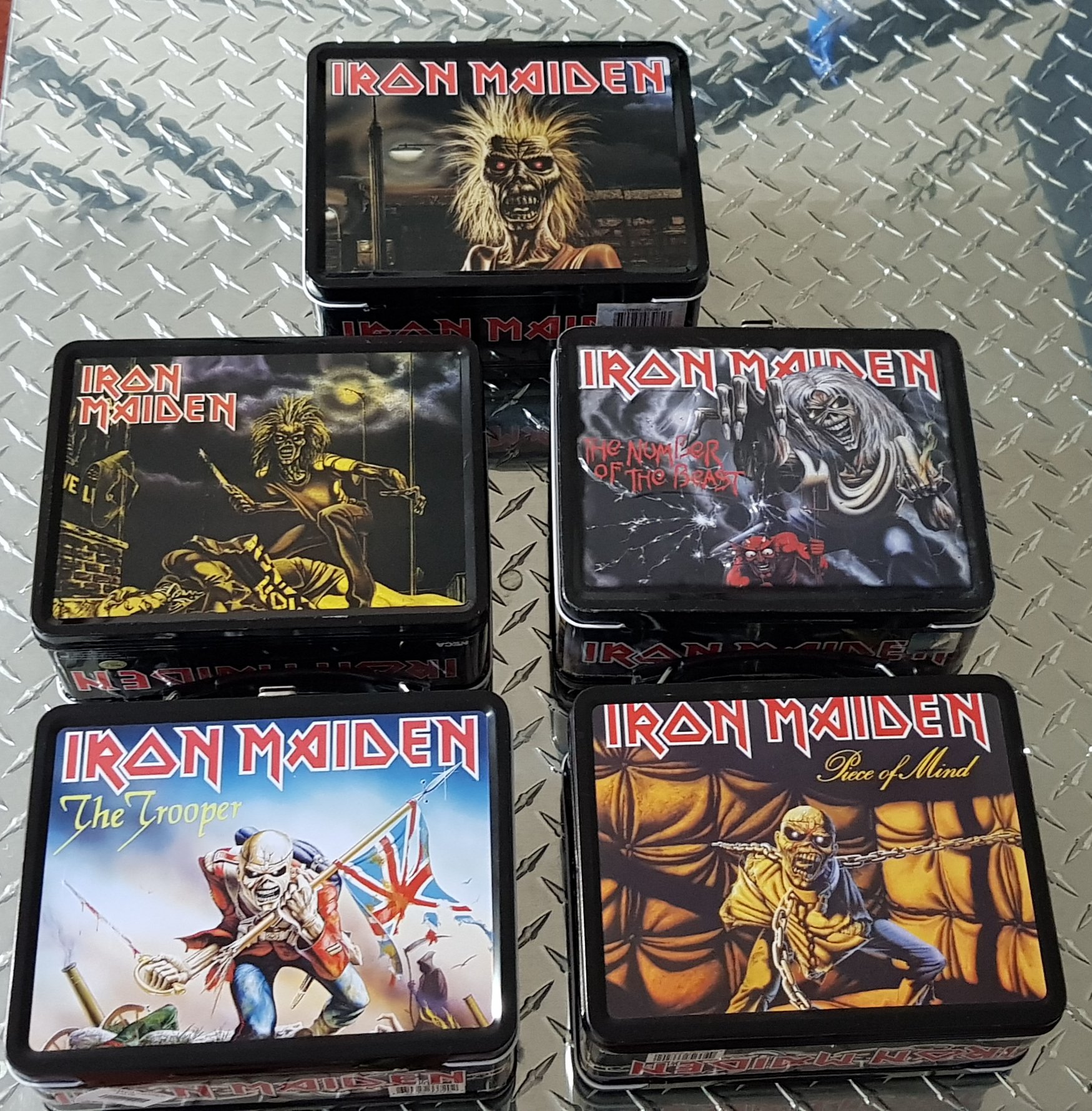
A Taste of South Asia: Lunchboxes from Home
In South Asia, the lunchbox story took a different path. Instead of flashy metal boxes, lunches were – and still are – often packed at home in multi-level stainless steel containers called tiffins. These meals are usually prepared with care in the morning and sent with workers or students to eat later in the day.
A typical tiffin might include home-cooked dishes like dal, sabzi, rice, paratha, and curry – all neatly separated into compartments. It’s not just about convenience. The tiffin is deeply tied to tradition, family, and daily routine. It represents care, effort, and flavor – and often sparks lunchtime conversations, recipe swaps, and shared bites among coworkers and friends.
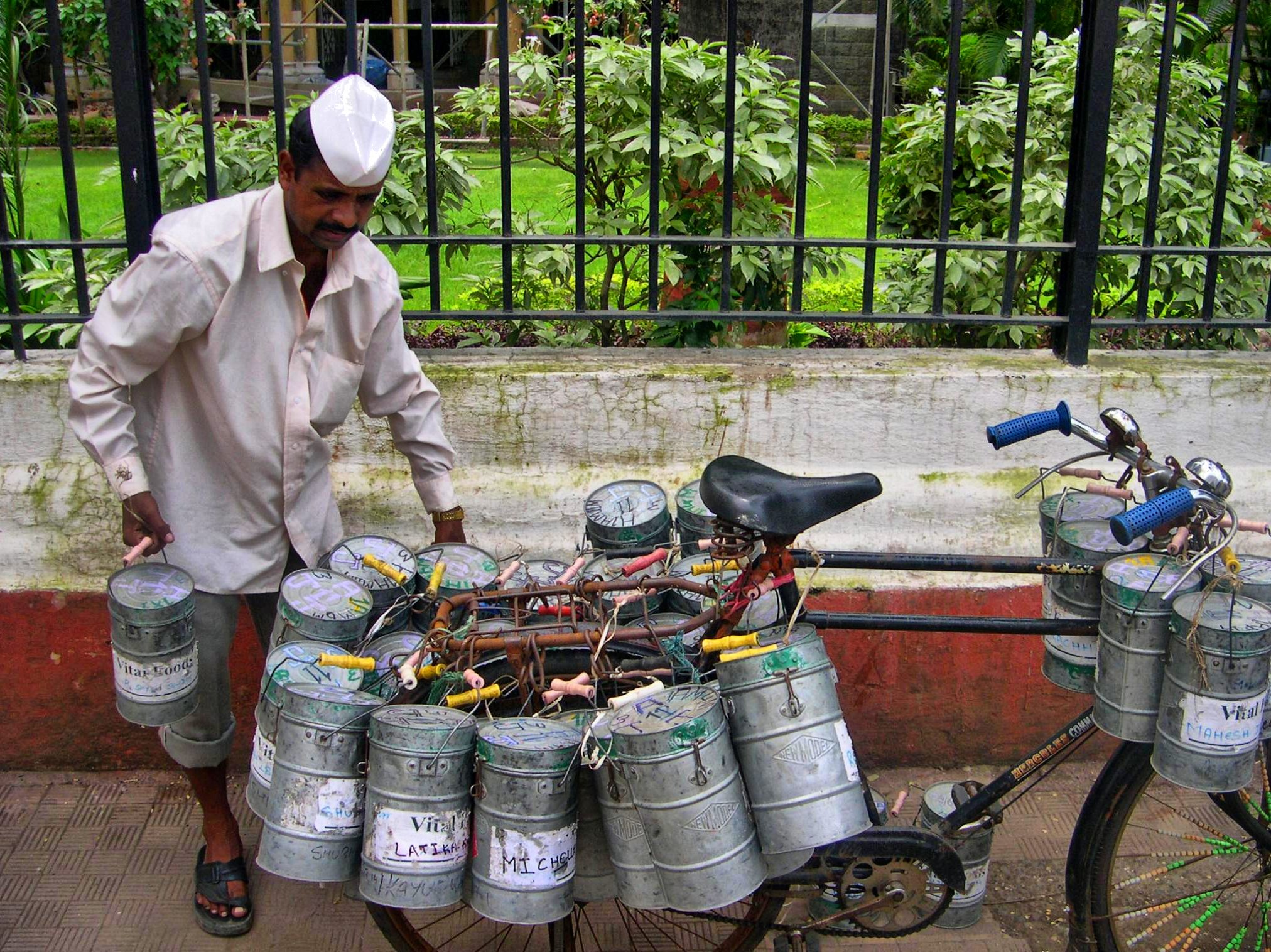
Image source: Wikipedia – Dabbawala
Mumbai’s Dabbawalas: When Lunch Becomes a Logistics Miracle
Any conversation about lunchboxes in India has to include Mumbai’s legendary dabbawalas. This service began in the late 1800s and continues to this day. Dabbawalas are delivery workers who transport thousands of home-cooked meals across the massive city every weekday – without using any apps, barcodes, or GPS.
Using a color-coded system of symbols and numbers, over 200,000 meals are delivered with near-perfect accuracy. Forbes once reported that the error rate is about one in eight million. It’s a low-tech, high-efficiency marvel that’s been studied by business schools and praised by global leaders.
But beyond the logistics, the dabbawala system represents something bigger: a cultural commitment to fresh, homemade food and the invisible threads that connect families even during the workday.
If you’ve never seen the dabbawala system in action, the 2013 film The Lunchbox offers a gentle, fictional glimpse into this world. It tells the story of a rare delivery mix-up that sparks an unlikely connection between two strangers. While the plot is fictional, the backdrop is real – the dabbawalas, their daily routes, and the quiet power of home-cooked meals delivered with care.

Lunch Around the World: Boxes, Buckets, and Banana Leaves
While the concept of a lunchbox might seem universal, the way midday meals are packed and carried varies wildly around the world. Depending on where you are, a packed lunch might mean a full hot meal, a quick snack between classes, or even the first real food of the day. In Finland, kids don’t bring lunch at all – hot school meals are provided free of charge to every student. In South Korea, traditional dosirak boxes once included fermented side dishes packed so tightly the lid needed to be pressed down with both hands. In parts of Nigeria, children carry lunch in tightly sealed plastic buckets, often filled with jollof rice and stew, while in Victorian-era England, coal miners used a “snap tin” – a metal box designed to survive cave-ins and keep meat pies warm near their lanterns. And in some rural schools in the Philippines, students still bring rice and dried fish wrapped in banana leaves, which double as plates when unwrapped. What counts as a lunchbox – and what goes in it – is shaped just as much by climate and culture as it is by routine.
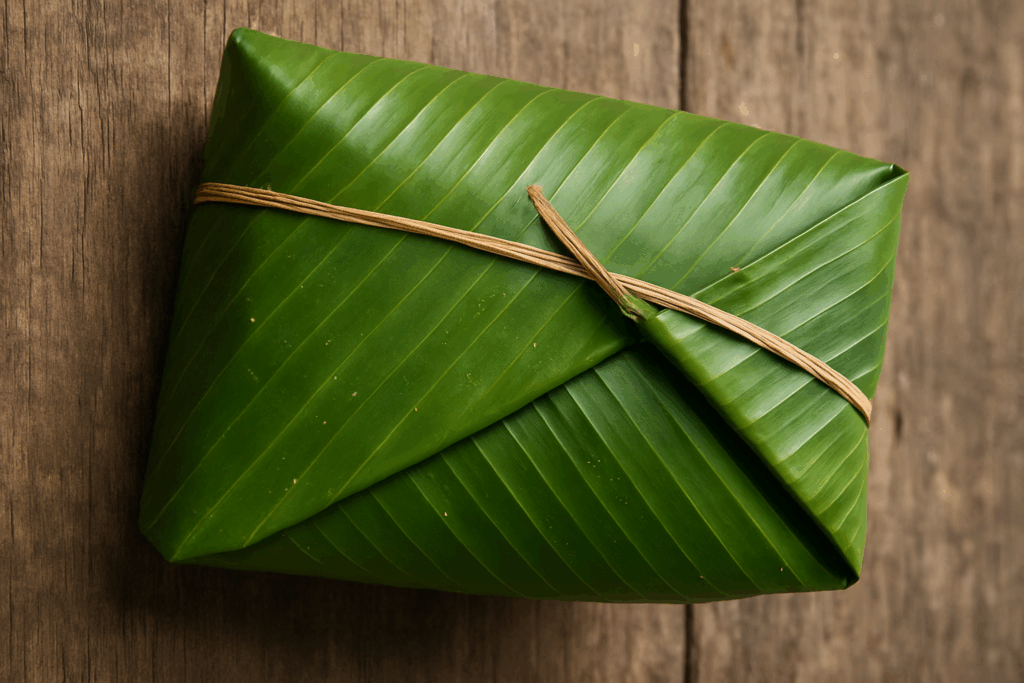
Lunchbox Fails: Crushed Peaches and Leaking Yogurt
Not every lunchbox story is polished and nostalgic. Sometimes it’s a yogurt cup that exploded in transit, a peach that turned to jam in your backpack by lunchtime, or a warm cheese sandwich that nobody wants to claim. Most kids learn early that the wrong container can ruin everything – or that sitting on your own lunchbox on the school bus has consequences. And then there’s the banana that stayed in the bag over the holidays, forgotten in the lunchbox at the bottom of a school backpack, only to be discovered on the last day of break – by then, more creature than fruit. These tiny disasters are part of the deal. And oddly enough, they tend to stick in memory more than the neatly packed days.
Food Rules: When Lunch Is Regulated
In some countries, lunchboxes don’t just reflect culture – they’re shaped by school policies. In Japan, sweets and processed foods are often discouraged or outright banned in packed lunches. In the UK, some schools perform “healthy lunchbox checks” and send notes home if something doesn’t meet the guidelines. In the U.S., peanut bans are widespread due to allergy risks, and some schools limit sugary drinks or even home-packed lunches altogether. What gets packed isn’t always up to the parent – sometimes, it’s a careful negotiation with the system.
Lunchboxes Today: Blending Nostalgia and Innovation
Lunchboxes have come full circle. While many still enjoy traditional tiffins or bento boxes, the modern version has evolved. Today’s lunchboxes are often insulated, leak-proof, and made from sustainable materials. People share photos of color-coordinated lunches on social media, turning meal prep into a kind of creative outlet.
Whether it's for health, convenience, or aesthetics, lunchboxes now reflect the values of the present. But the emotional connection remains. They’re still about care, planning, and that little bit of comfort in the middle of a busy day.
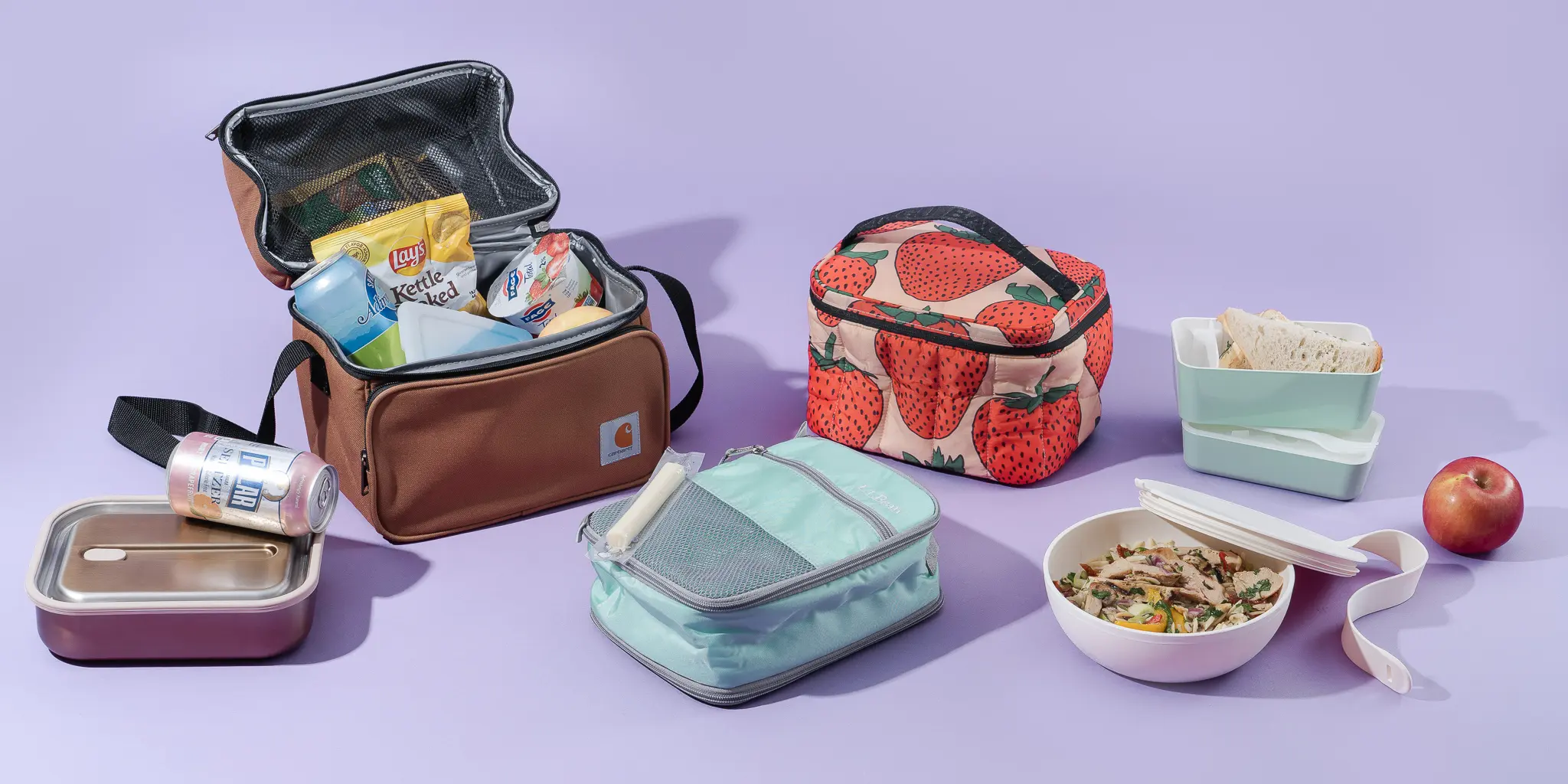
The Quiet Message in Every Lunchbox
I never really thought much about lunchboxes – until I started noticing how different they are, and how much they quietly say about people. A dented old tin from the 80s, a stacked steel tiffin from home, a kid’s box with stickers all over it – they’re not just for food. They tell you something.
Most of the time, they’re packed by someone else. Sometimes in a rush, sometimes with real care. And even if what’s inside is cold or kind of mashed, there’s something comforting about knowing it was thought about, prepared, and carried through the day.
We don’t really celebrate stuff like that. But maybe we should. Maybe the next time you open yours, you’ll notice more than just what’s inside.




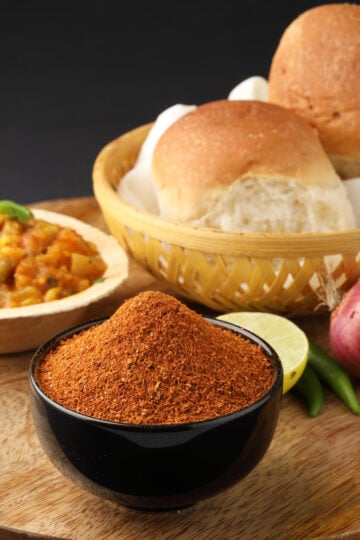
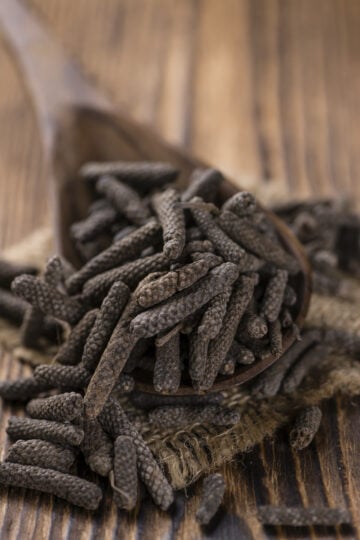
Have a question or something to share? Leave a comment below!